 |
 |
 |
 |
 |
 |
|
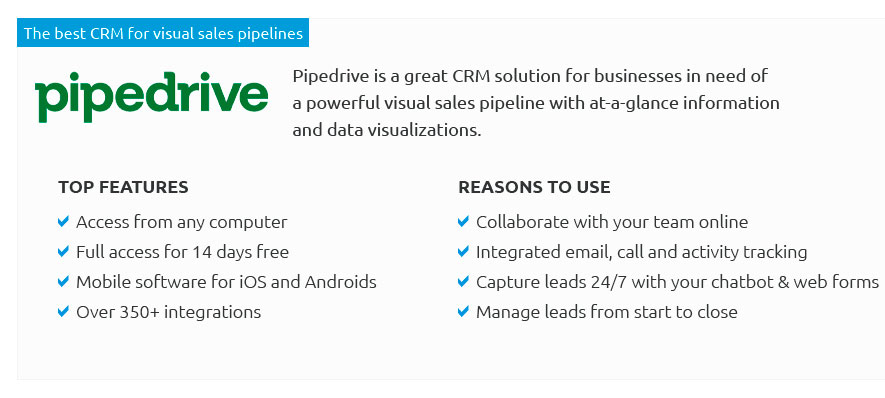 |
|
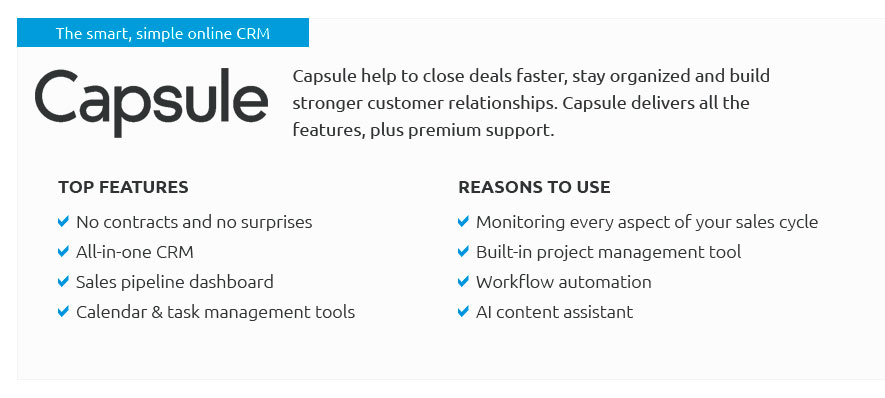 |
|
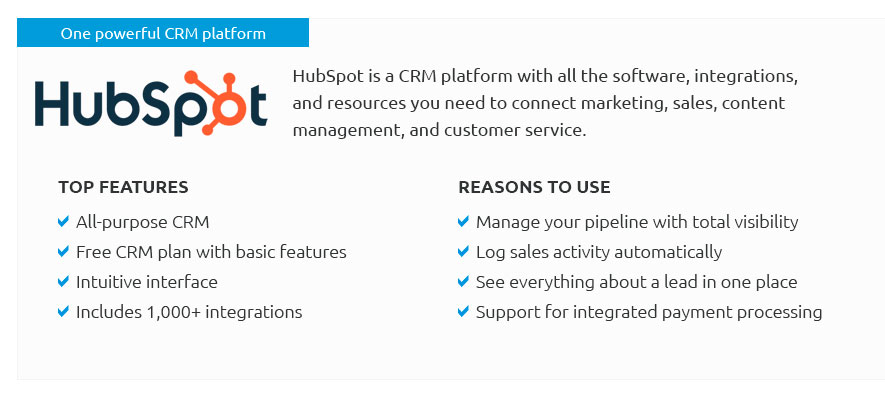 |
|
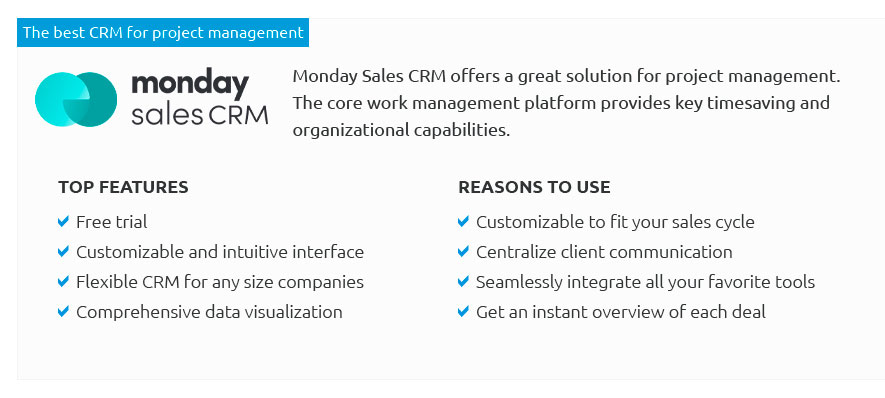 |
|
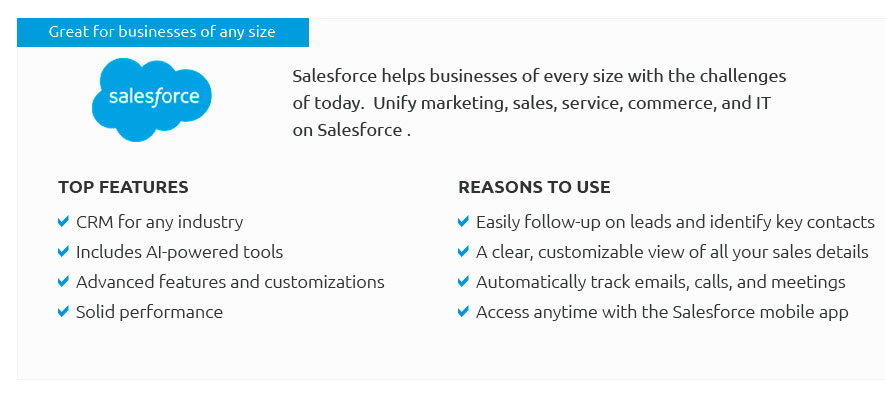 |
|
 |
 |
|
8scbpy0vp Tools to Track Project Progress: Key Features and Common MistakesIntroduction to Project Tracking ToolsTracking project progress is essential for ensuring timely and successful completion of any project. By utilizing the right tools, teams can monitor their tasks efficiently and make necessary adjustments in real-time. Top Tools for Tracking Project Progress1. Gantt ChartsGantt charts offer a visual timeline of a project, allowing team members to see task dependencies and track milestones. They are especially useful in visualizing overlapping tasks and identifying potential bottlenecks. 2. Kanban BoardsKanban boards provide a flexible method to manage workflows by visualizing tasks across different stages. This tool is beneficial for teams that require agility and continuous delivery. 3. CRM SoftwareIncorporating a CRM software for construction or any other industry-specific CRM can enhance project tracking by integrating customer interactions and project data into one platform, facilitating better decision-making. Common Mistakes When Using Project Tracking ToolsOvercomplicating the ToolsetWhile it may be tempting to use every feature available, overcomplicating your toolset can lead to confusion and inefficiency. It's crucial to tailor the tools to your team's specific needs. Neglecting Regular UpdatesConsistent updates are vital. Failure to regularly update your project tracking tools can result in outdated information, leading to misguided decisions. Ignoring Team FeedbackIgnoring feedback from team members can lead to the adoption of tools that are not user-friendly. It’s important to choose tools that align with the team’s workflow and preferences. FAQsImplementing the right tools for project tracking requires understanding both their capabilities and limitations. Avoid common pitfalls by selecting suitable tools, keeping data current, and valuing team input for successful project management. https://monday.com/blog/project-management/project-tracker/
A project tracker is a tool to monitor all the different aspects of your projects like your progress, tasks, and resources ... https://slack.com/blog/collaboration/top-methods-and-metrics-for-tracking-project-progress
Gantt charts in project-management tools such as Microsoft Project, TeamGantt, and Teamwork track the progress at the individual-task level. Week after week, as ... https://www.reddit.com/r/urbanplanning/comments/17v6p72/what_are_your_favorite_project_management_tools/
As a marketing manager for ProofHub, I would recommend ProofHub for tracking projects and milestones. It's a simple and easy-to-use tool that ...
|